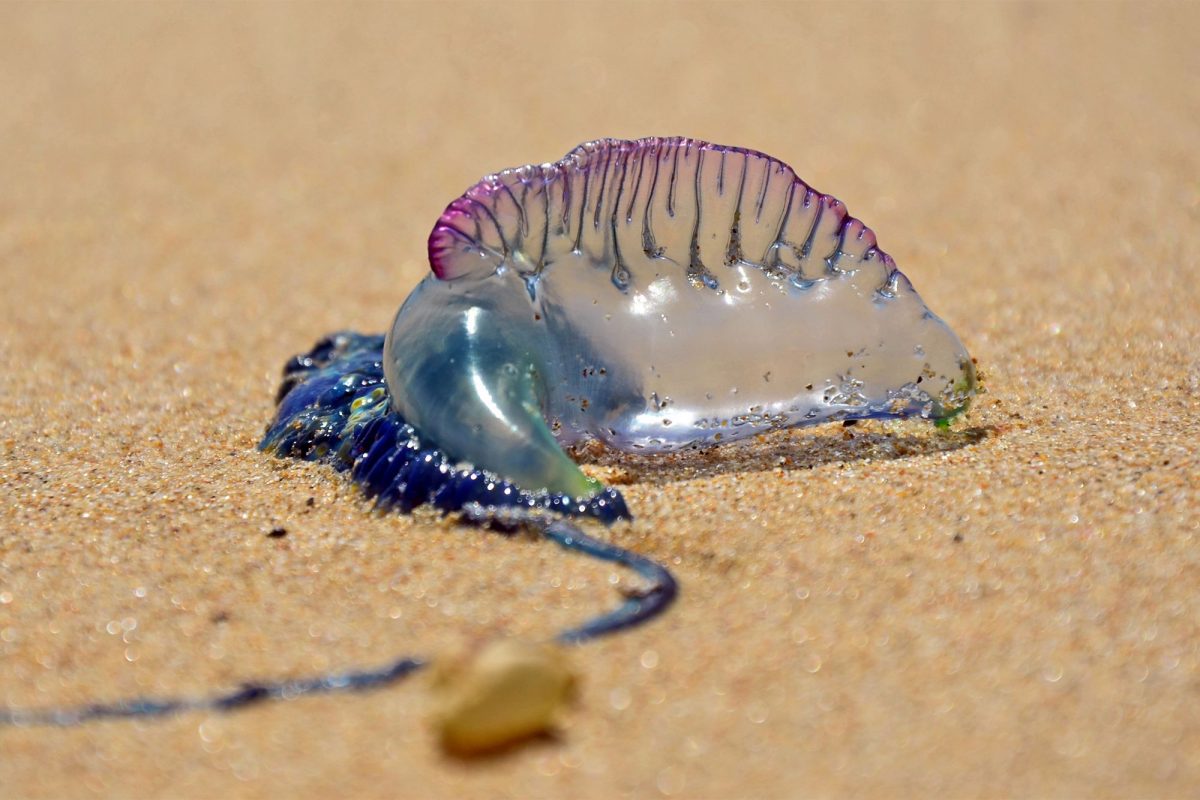As the Portuguese Man O’War continues to wash ashore in vast numbers along the east coast of Trinidad, related injuries are also on the rise.
A member of staff at Mayaro District Hospital told the Express that in the past few weeks an average of four Man O’War-related injuries per day have been addressed at the hospital.
On weekends, that number doubles in size.
“We have had quite a few incidents, usually with persons who are visiting the area. On weekends, it varies from eight to nine per day, often between the hours of nine (a.m.) to five (p.m.). On weekdays, it’s about four per day. These are not official numbers but just based on observation,” said the hospital official.
However, while the number of these creatures appearing along the east coast is large, the phenomenon of Man O’War beaching is not an unusual one.
This is according to information officer of the Institute of Marine Affairs, Glendon Glasgow, who told the Express that the sightings of the jellyfish-like species is a normal occurrence.
“This is not the first time this has occurred. There have always been quite a lot of these beachings over the years. This year the numbers may appear to be more than usual but this is a phenomenon that has been happening for quite a lot of years,” Glasgow said.
He said research suggests the timing of this yearly occurrence has been altered due to the movements of the North Atlantic Subtropical Gyre, a circular current that operates along the equator.
“One of the pieces of research being looked at by the Institute suggests that the timing and numbers of these creatures is due to the change in temperatures within the North Atlantic Subtropical Ocean Gyre coming out of the Northern winter, which affects the circulation of the ocean current pattern. It is this current that would bring these creatures to our shores and allow special characteristics that facilitate reproduction of the Portuguese Man O’War. Therefore a change in this current directly affects the introduction of these creatures to our shores,” said Glasgow.
He said it is possible that this change was a result of the increased temperatures of the Earth’s surface water due to climate change.
“Ocean current phenomena are changing, especially given the increase of ocean temperatures in recent times as a result of climate change. Once there is great change in ocean currents then there is likely a change in ocean current phenomena,” he said.






